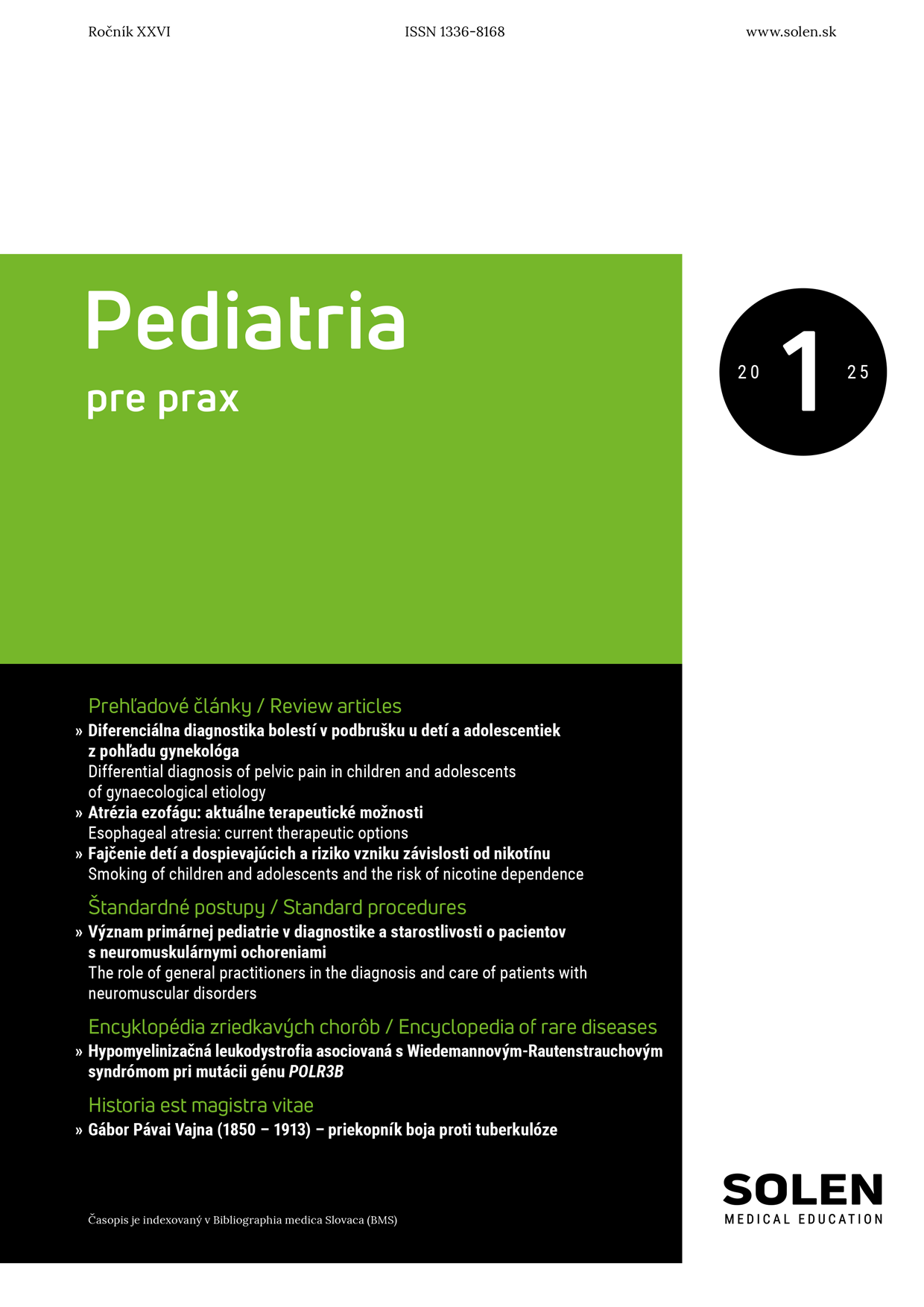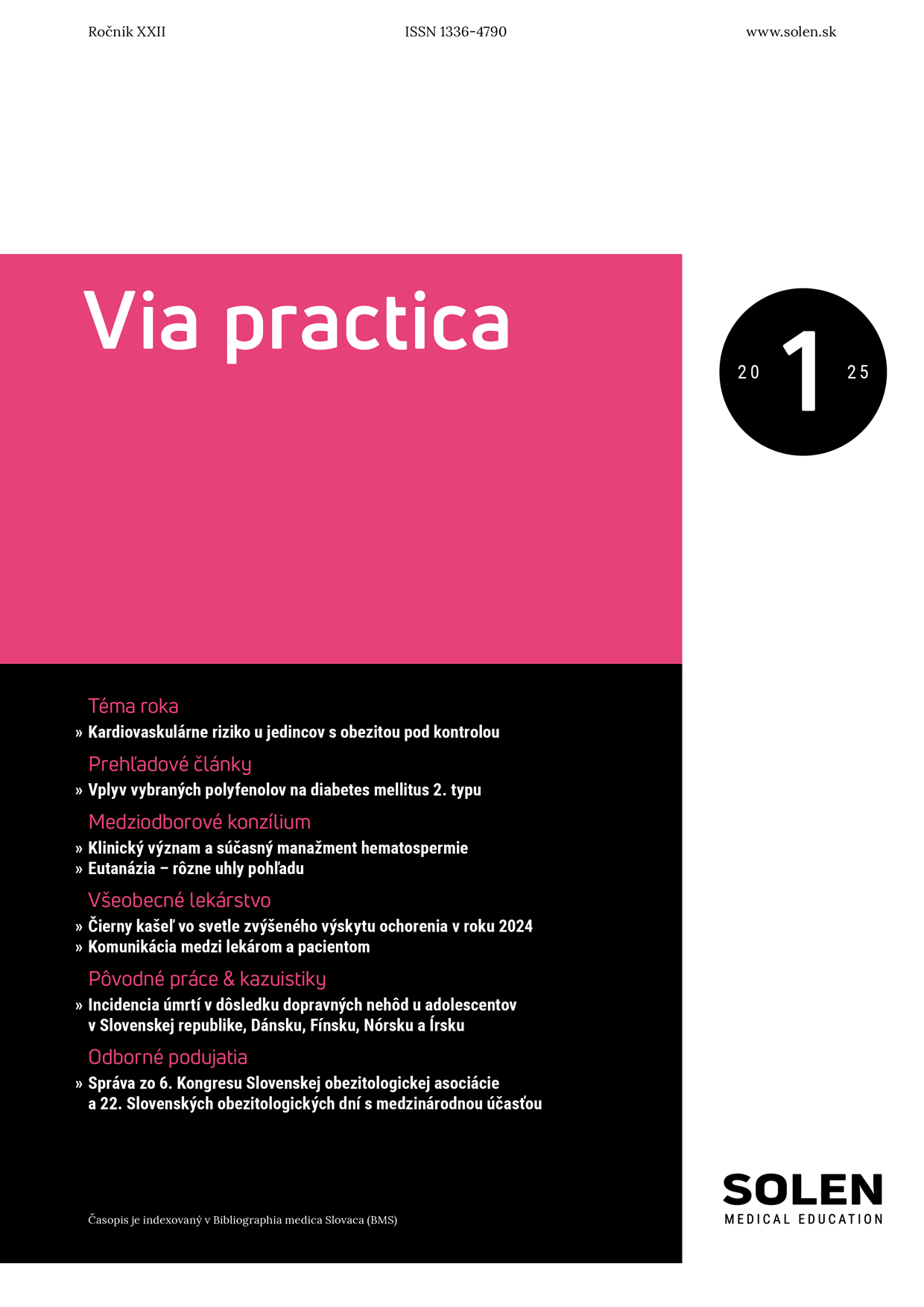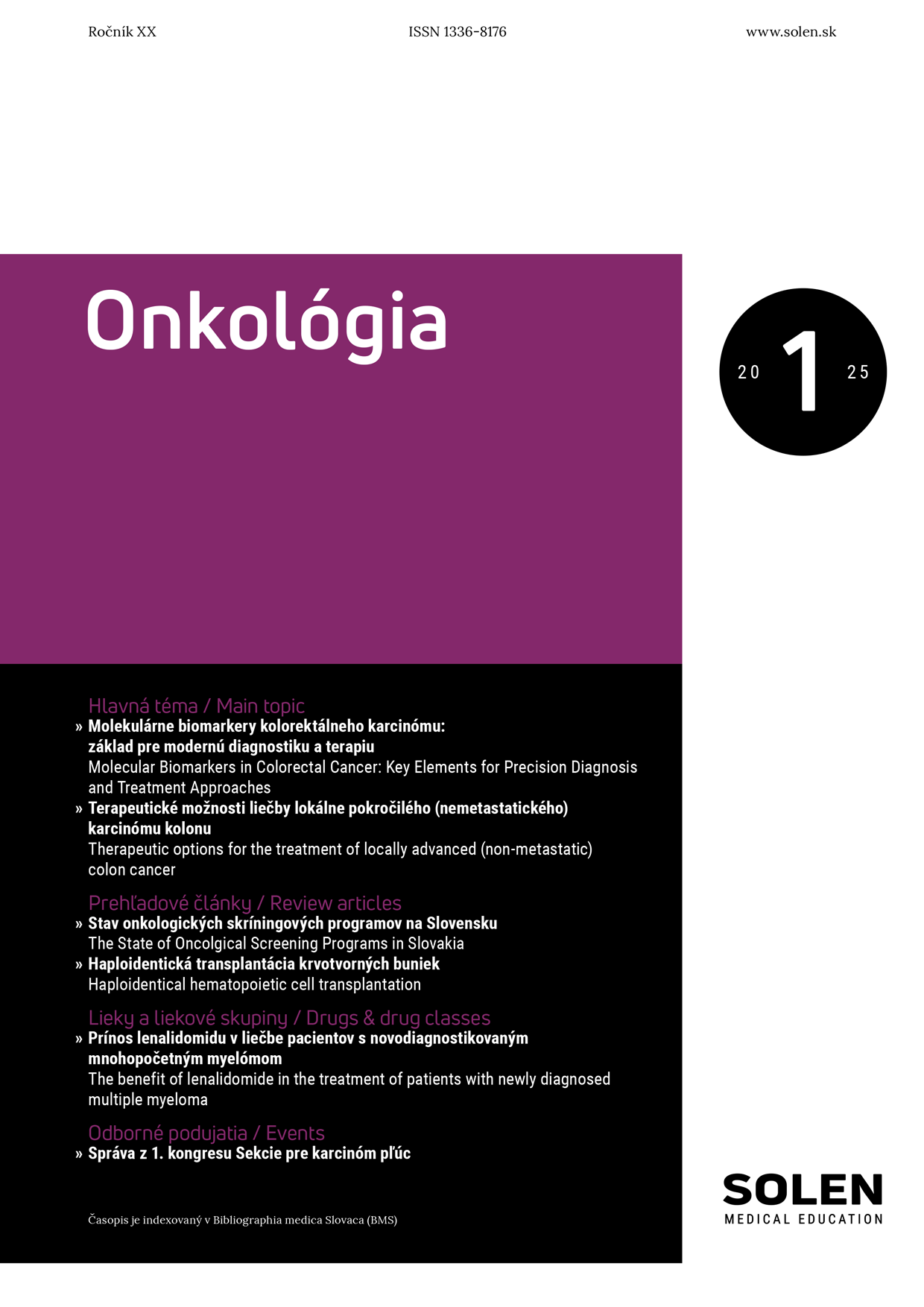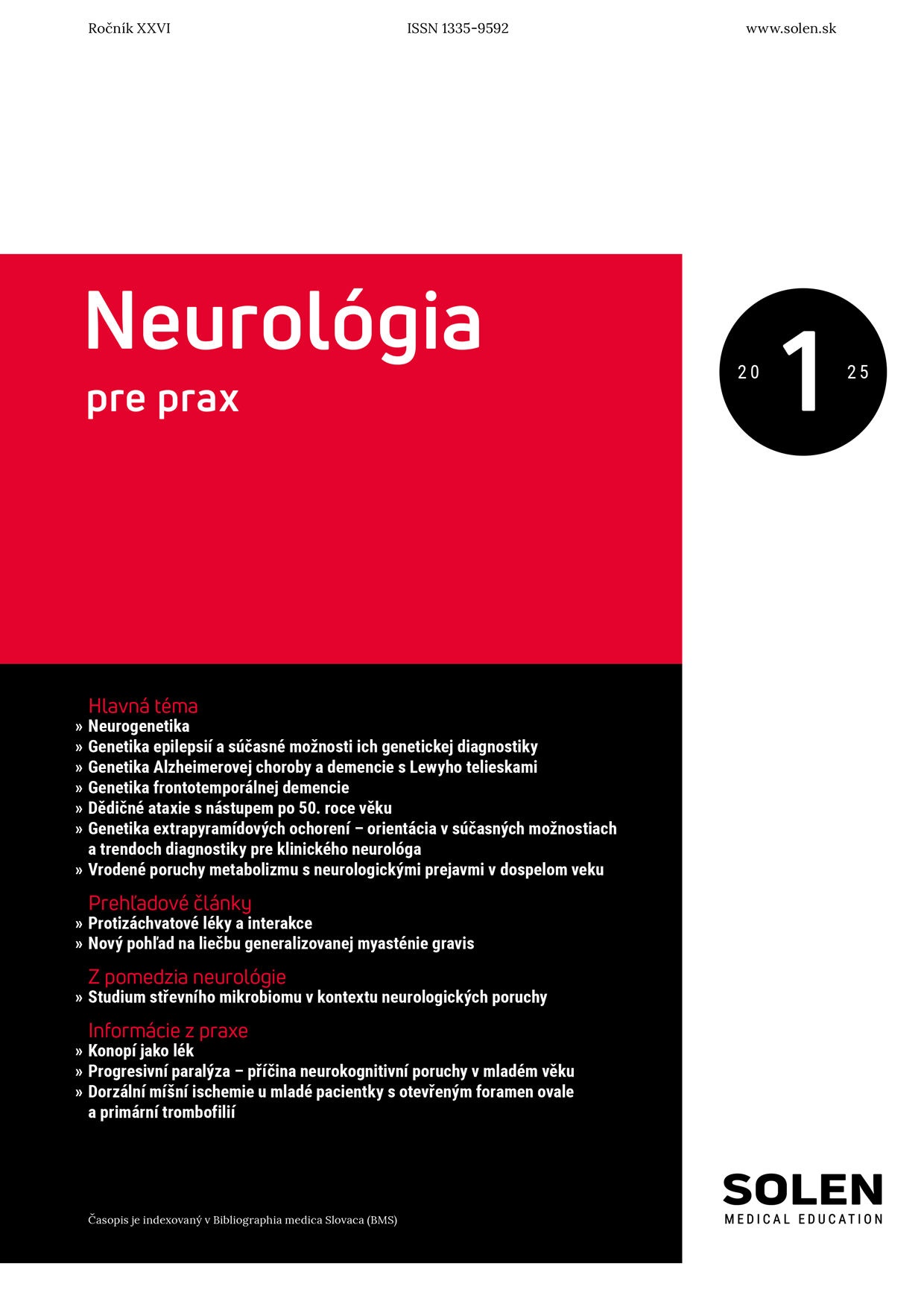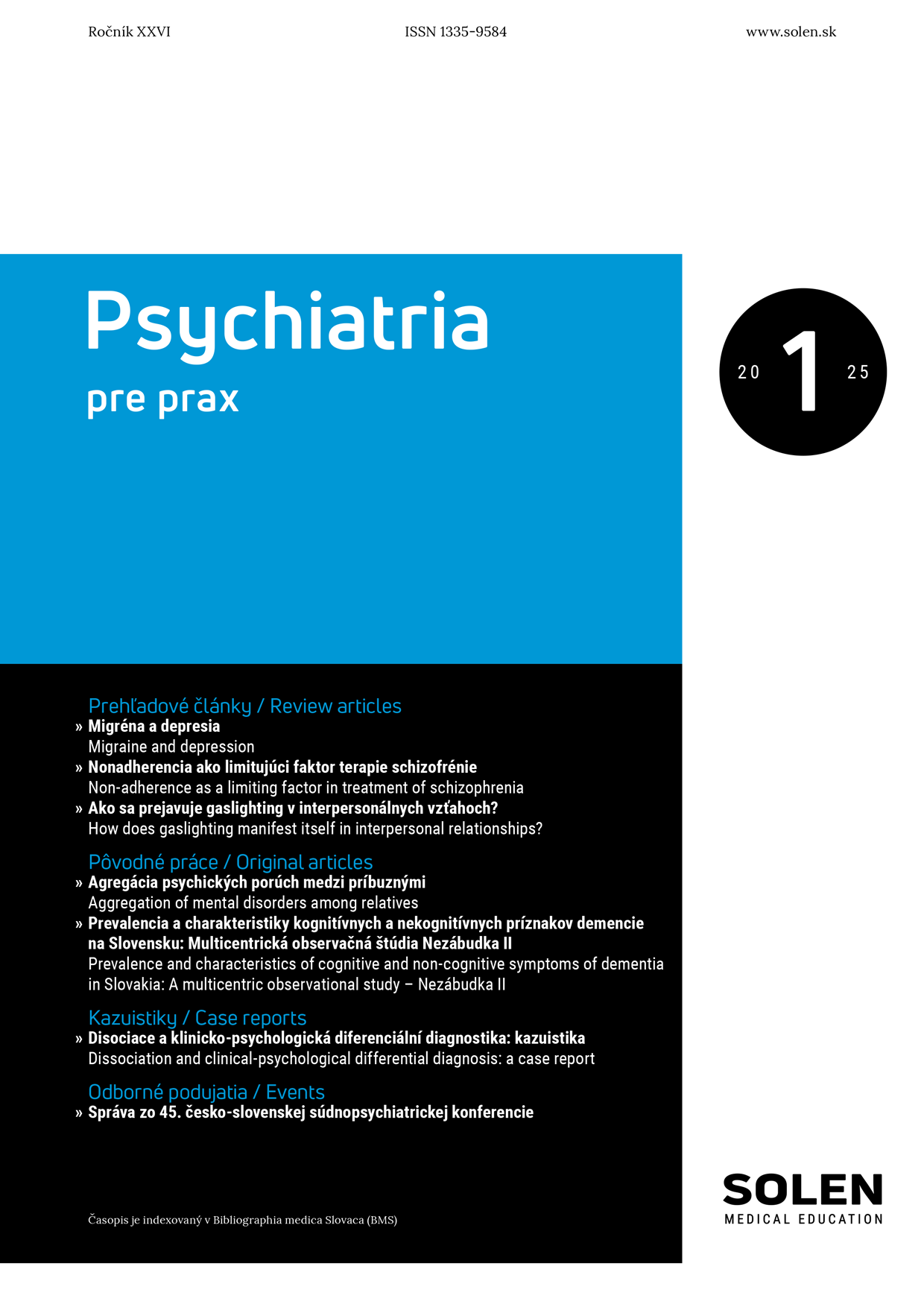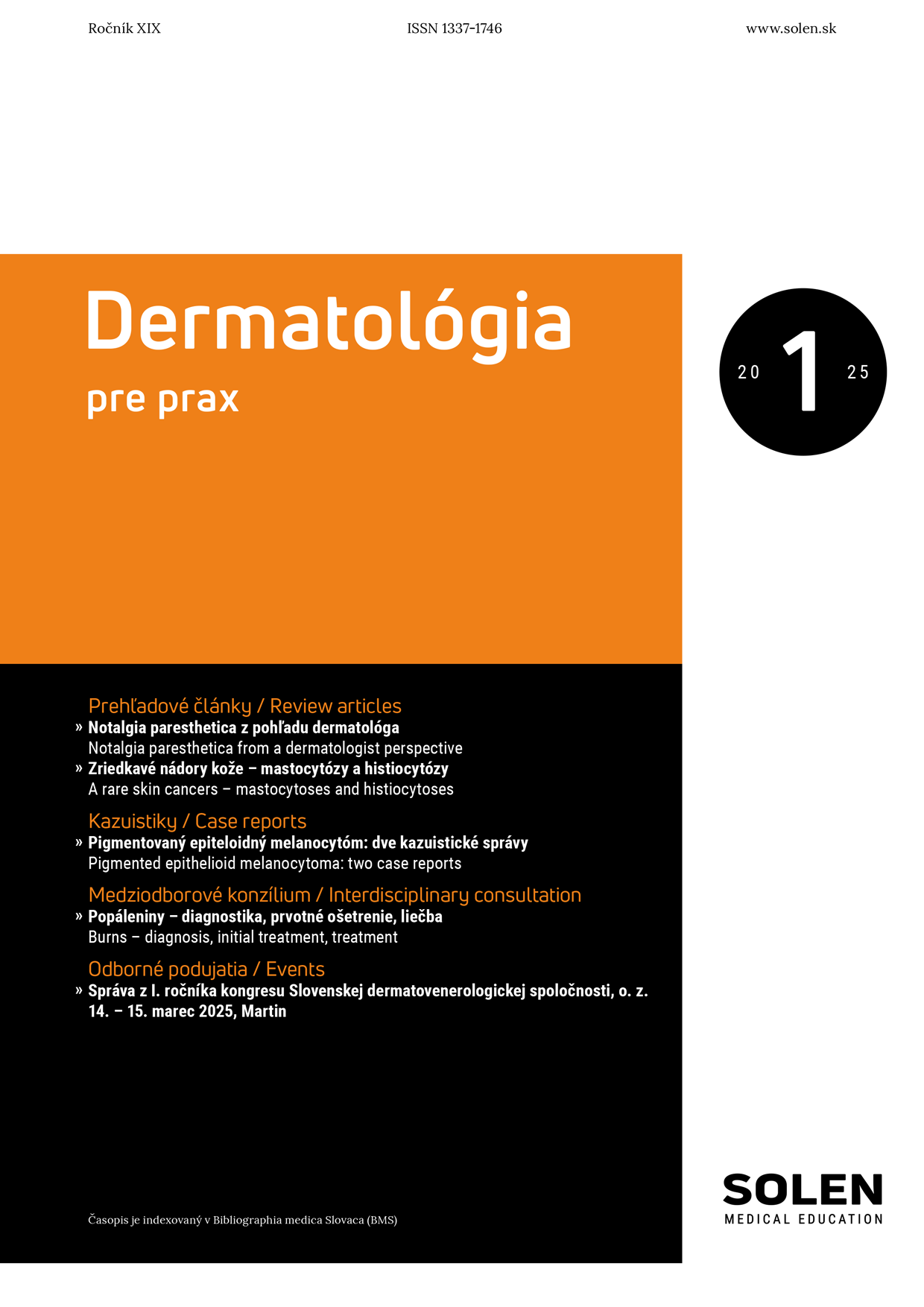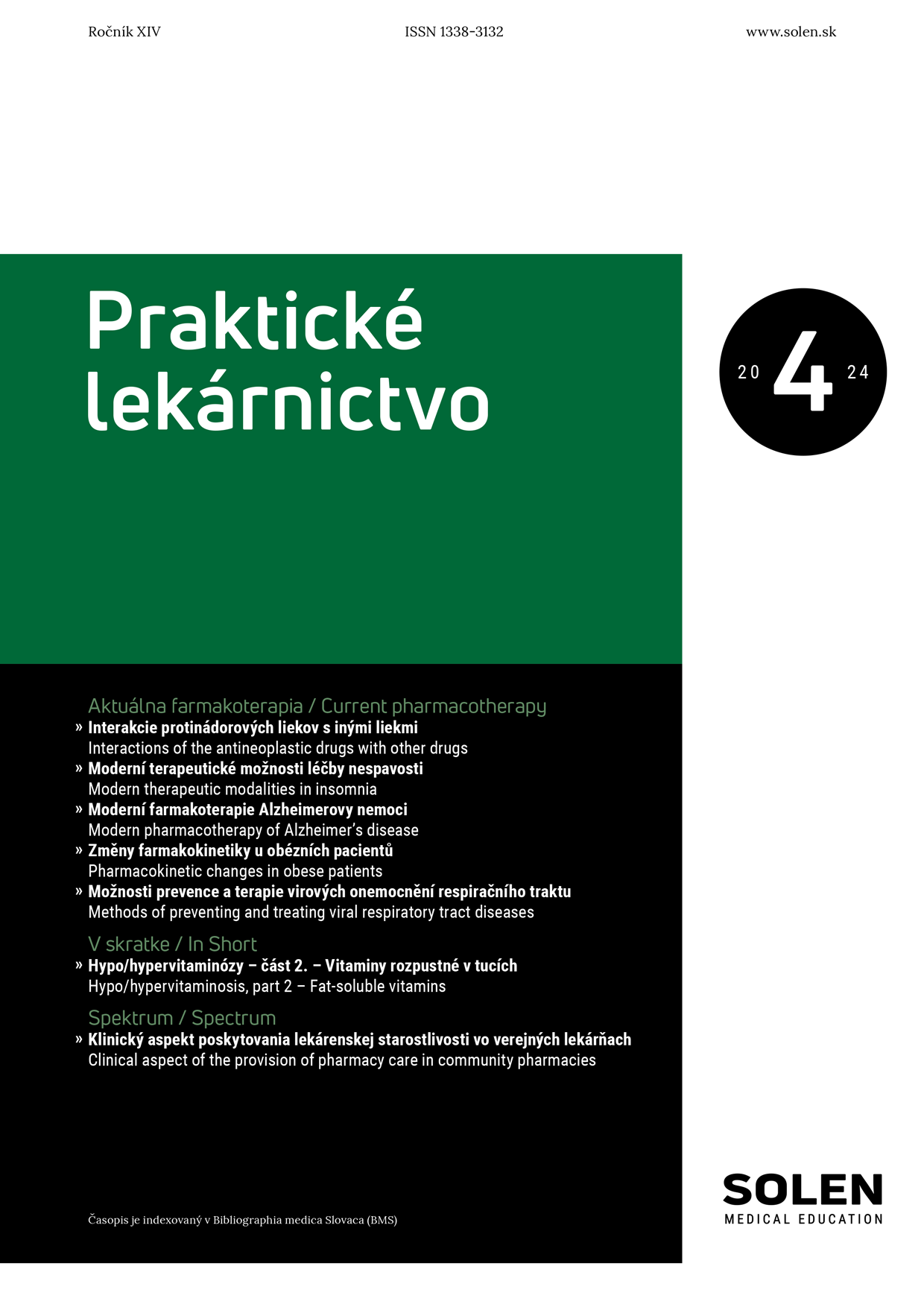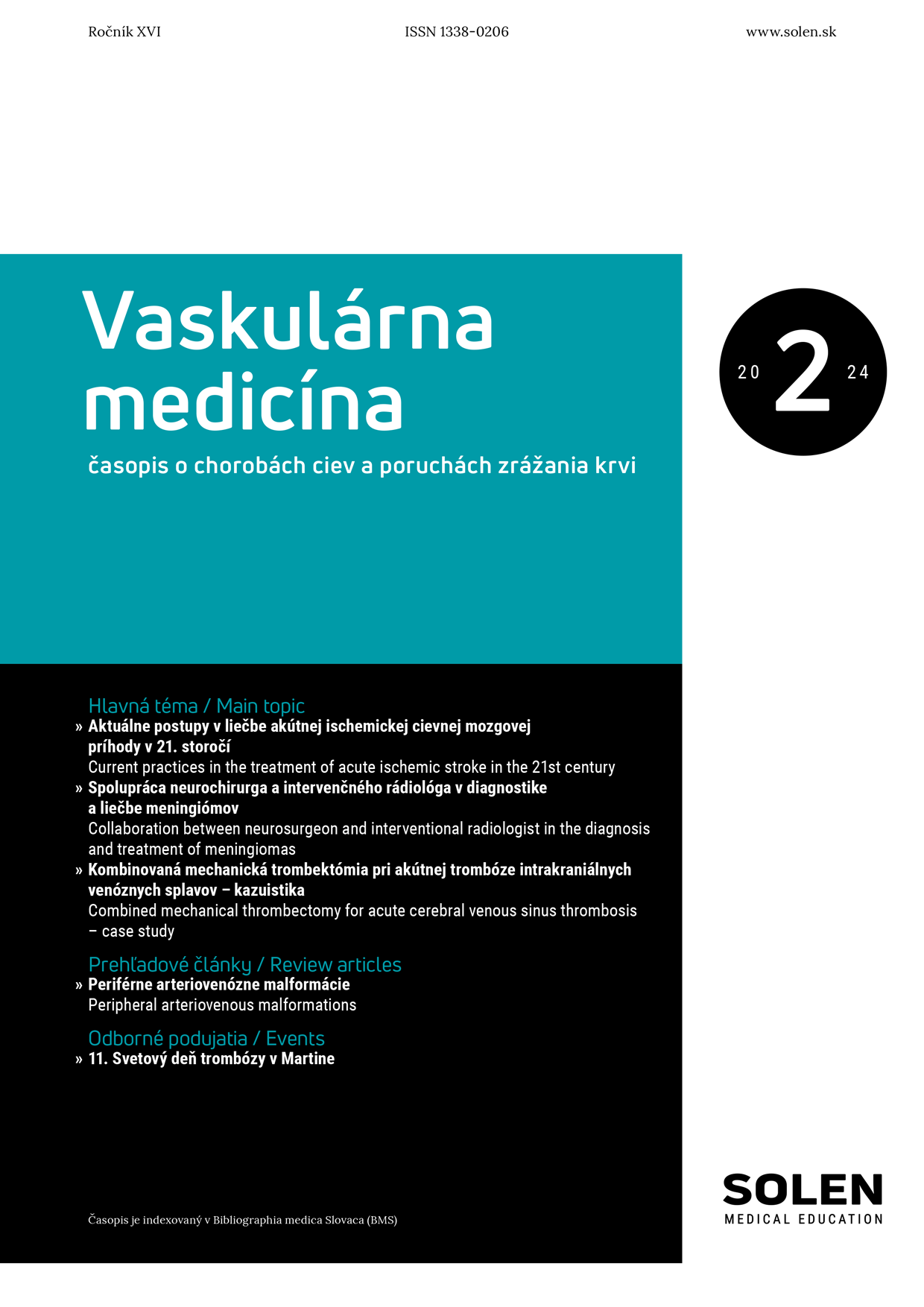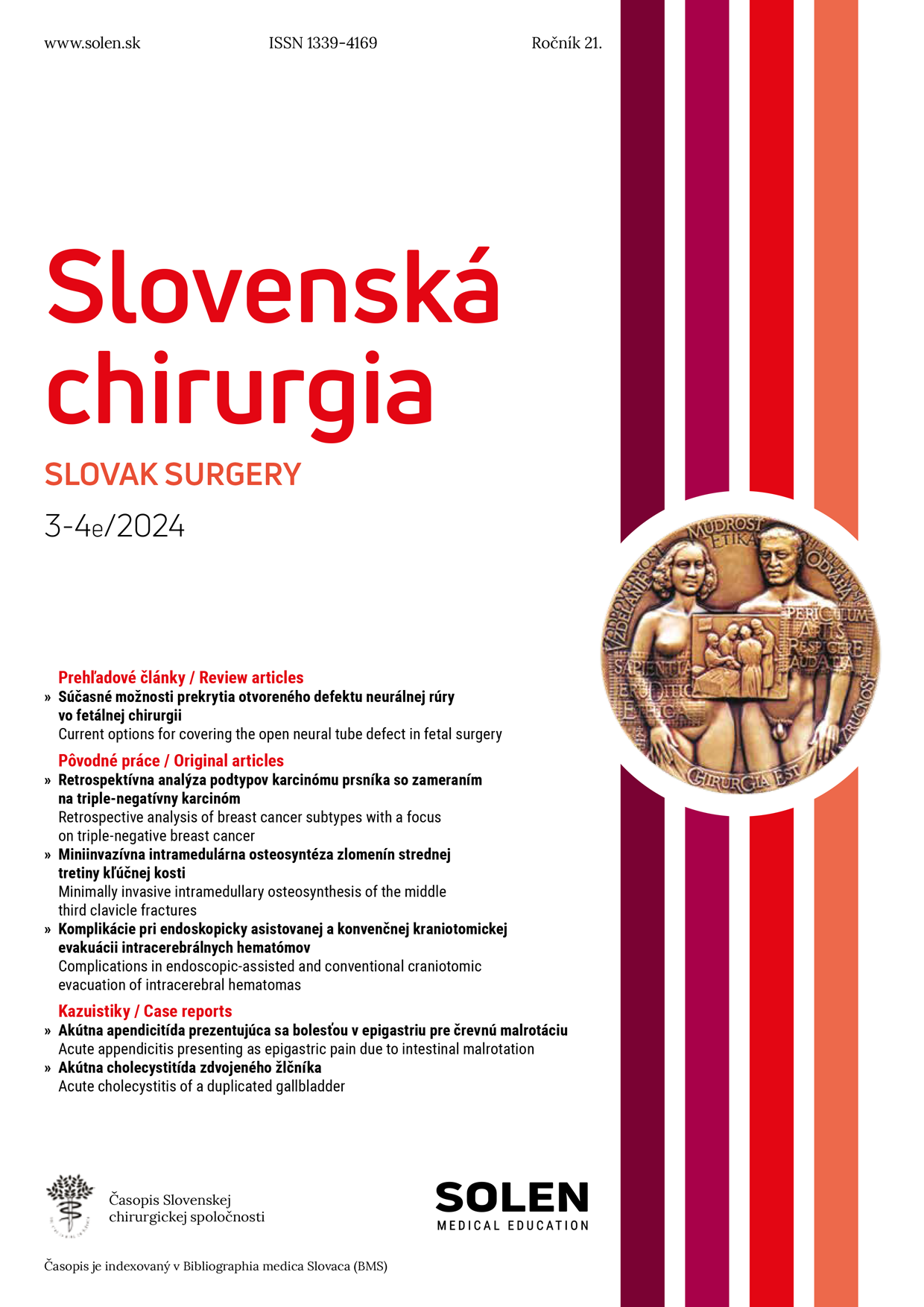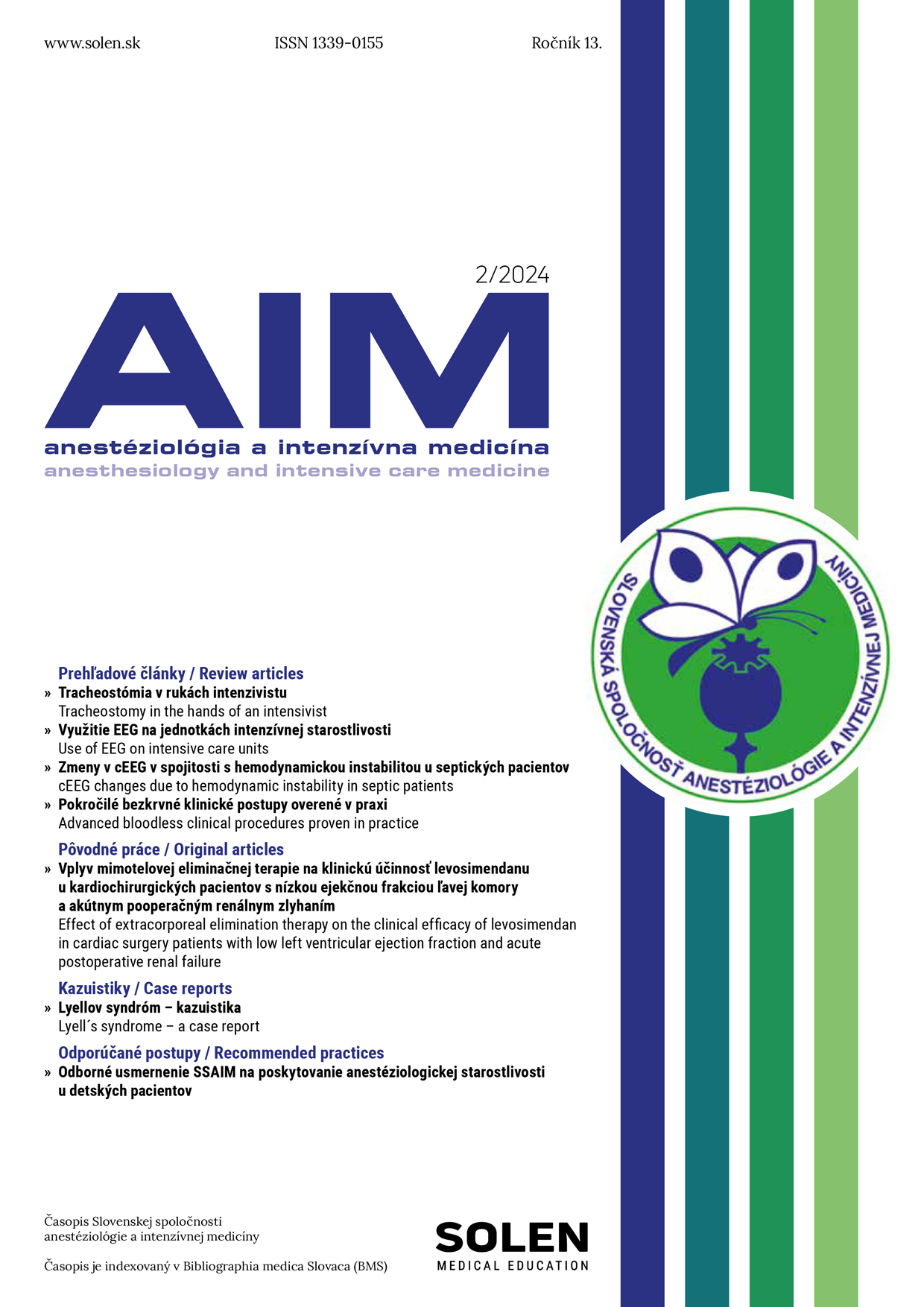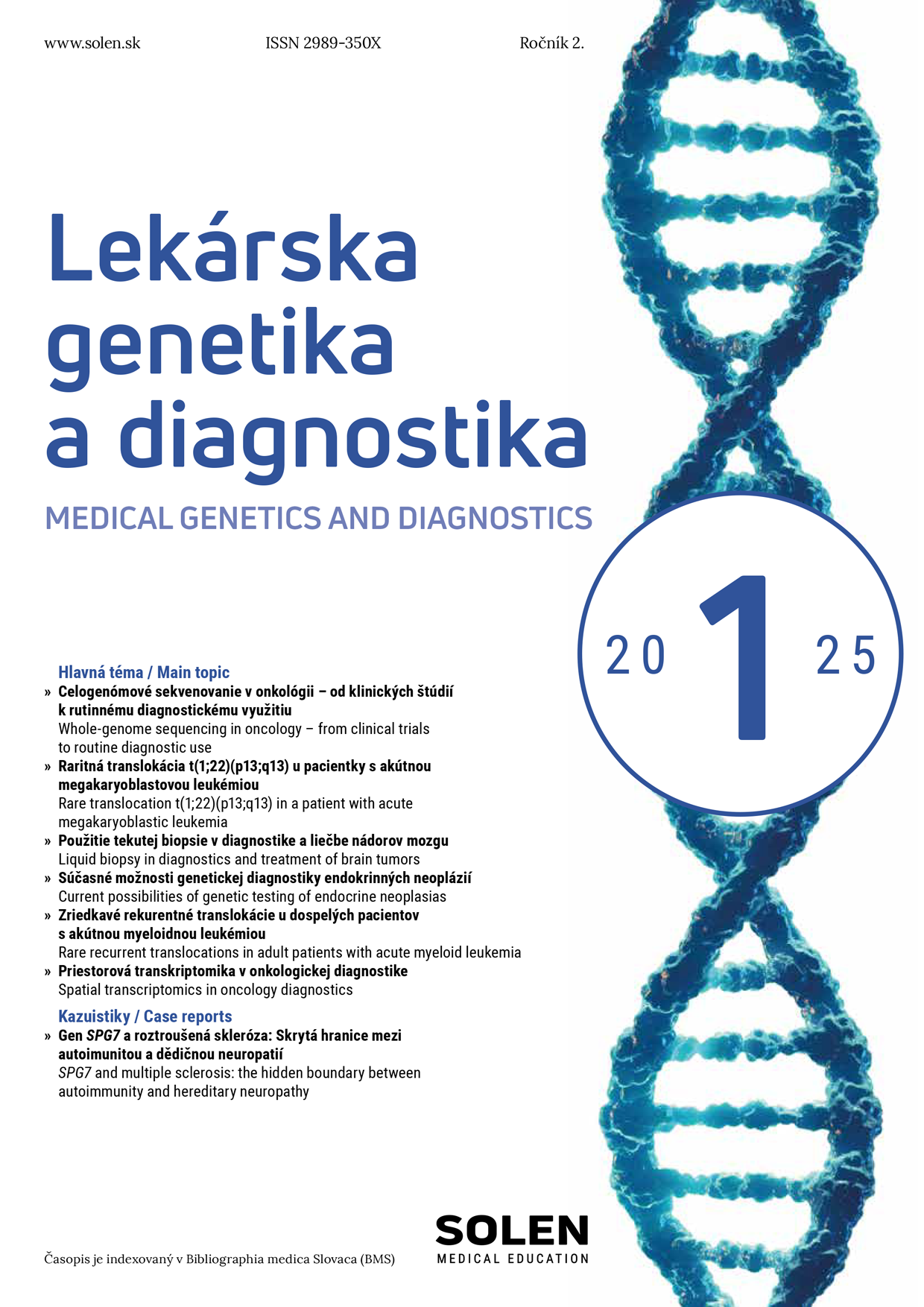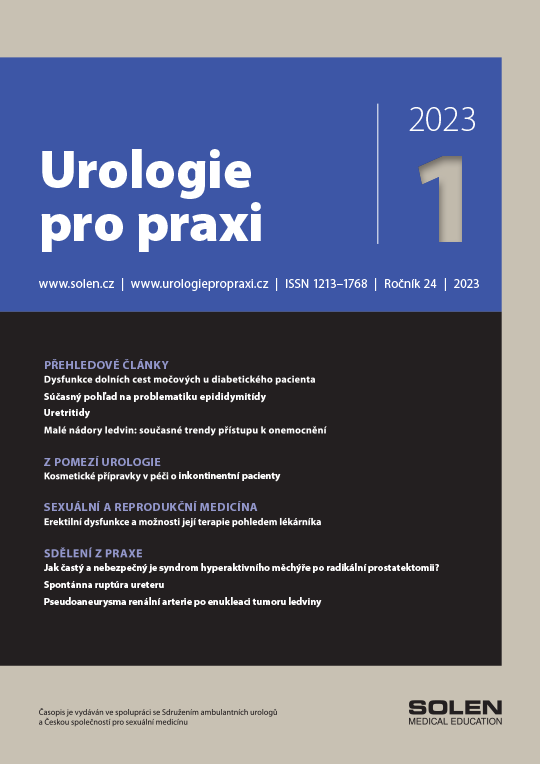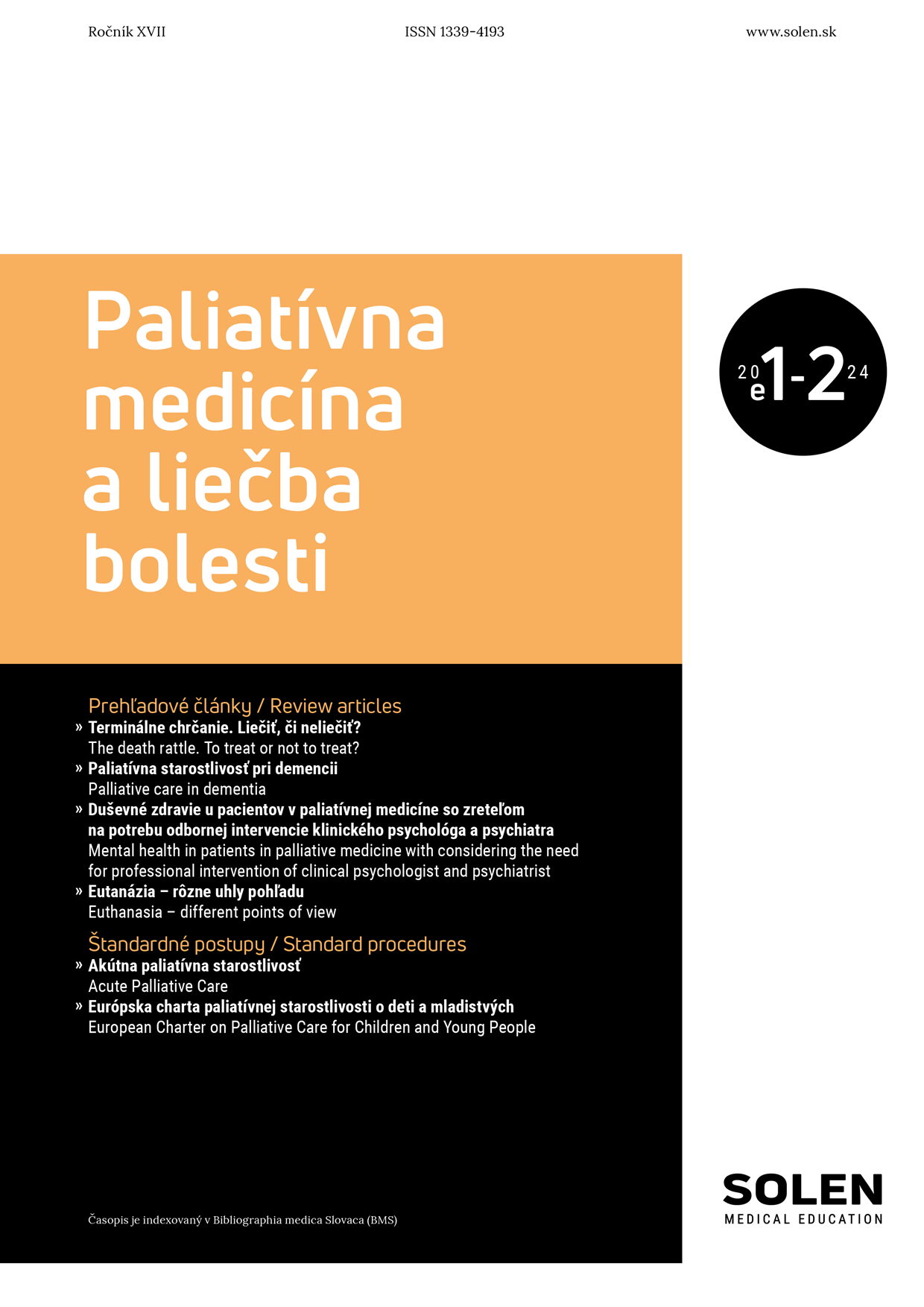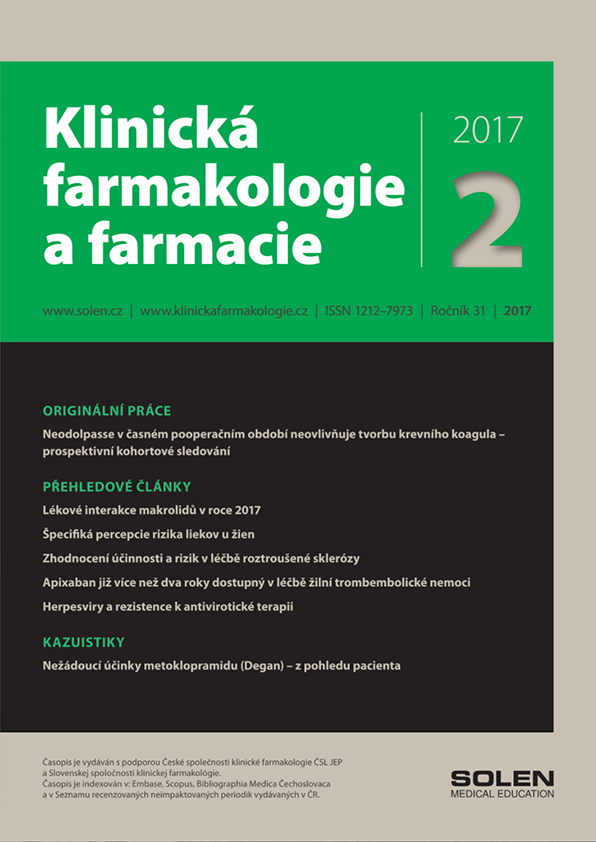Neurológia pre prax 1/2025
Genetika frontotemporálnej demencie
prof. MUDr. Stanislav Šutovský, PhD., RNDr. Robert Petrovič, PhD., RNDr. Katarína Kolejáková, PhD., prof. MUDr. Peter Turčáni, PhD.
Ochorenie, ktoré dnes označujeme ako frontotemporálna demencia (FTD), prešlo od svojho prvého opisu Arnoldom Pickom a neskôr Aloisom Alzheimerom cez prvé klinicko-patologické kritériá, ktoré predstavili David Neary a David Mann, až po jeho dnešné nomenklatúrne vnímanie ako komplexnej klinicko-patologickej entity zložitým vývojom. V súčasnosti je frontotemporálna lobárna degenerácia vnímaná ako heterogénny syndróm spôsobený progresívnou degeneráciou frontálnych a temporálnych lalokov mozgu. Klinicky sa môže prejaviť ako tri syndrómy frontotemporálnej demencie (behaviorálny variant FTD, progresívna non-fluentná afázia a sémantická demencia), ale aj ako tzv. „overlap“ syndrómy zahŕňajúce kortikobazálnu degeneráciu a progresívnu supranukleárnu obrnu. Jej výskyt je asi 10 % spomedzi všetkých demencií a 40 % spomedzi demencií so začiatkom medzi 45. a 65. rokom života. Klinická manifestácia jednotlivých subtypov sa líši, spoločným menovateľom sú poruchy správania a postihnutie fatických, gnostických a exekutívnych funkcií. V porovnaní s Alzheimerovou chorobou má spravidla skorší vek nástupu, rýchlejší priebeh a devastujúcejšie postihnutie jednotlivých kognitívnych domén. Okrem toho je frontotemporálna demencia klinicky, histopatologicky aj geneticky heterogénnejšou jednotkou ako AD. FTD má podľa súčasných poznatkov 30–50 % heritabilitu. Hlavnými zúčastnenými génmi sú MAPT, C9orf72 a GRN. Zriedkavejšie postihnutými génmi sú VCP, TDP-43, FUS a CHMP2B. Hranica medzi jasne kauzálnymi génmi (MAPT, GRN) a génmi susceptibility (C9ORF72, TARDP, FUS) je menej ostrá a slabšie definovaná. V našom článku sa zameriavame na genetiku FTD a klinicko- -geneticko-patologické korelácie. Rovnako sa snažíme priniesť plastický obraz o tom, ako jednotlivé mutácie ovplyvňujú molekulárne mechanizmy neurodegenerácie.
Kľúčové slová: frontotemporálna demencia, progresívna non-fluentná afázia, sémantická demencia, genetika
Genetics of frontotemporal dementia
The disease currently known as frontotemporal dementia (FTD) has undergone a complex evolution from its first description by Arnold Pick and later by Alois Alzheimer, through the first clinicopathological criteria introduced by David Neary and David Mann, to its current nomenclatural perception as a complex clinicopathological entity. Currently, Frontotemporal lobar degeneration is viewed as a heterogeneous syndrome caused by progressive degeneration of the frontal and temporal lobes of the brain. Clinically, it can manifest as three syndromes of frontotemporal dementia (behavioral variant of FTD, progressive non-fluent aphasia and semantic dementia) but also as so-called "overlap" syndromes involving corticobasal degeneration and progressive supranuclear palsy. Its prevalence is about 10 % among all dementias and 40 % among dementias with onset between 45 and 65 years of age. The clinical manifestation of the different subtypes varies, the common denominator being behavioral disturbances and impairment of fatic, gnostic and executive functions. Mnestic and visuo-spatial functions, although preserved for a relatively long time, are superimposed by personality disintegration, fatic, gnostic and executive dysfunction. Compared with Alzheimer's disease, it generally has an earlier age of onset, a more rapid course and more devastating impairment of individual cognitive domains. FTD has a heritability of more than 30 % according to current knowledge. The main genes involved are MAPT, C9orf72 and GRN. More rarely affected genes are VCP, TDP-43, FUS and CHMP2B. In our article, we focus on the genetics of FTD and the clinic-genetic-pathological correlations. We also aim to provide a plastic picture of how individual mutations affect the molecular mechanisms of neurodegeneration.
Keywords: frontotemporal dementia, progressive non-fluent aphasia, semantic dementia, genetics


